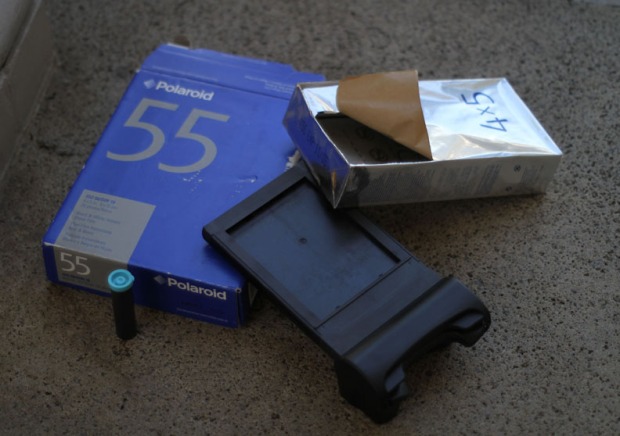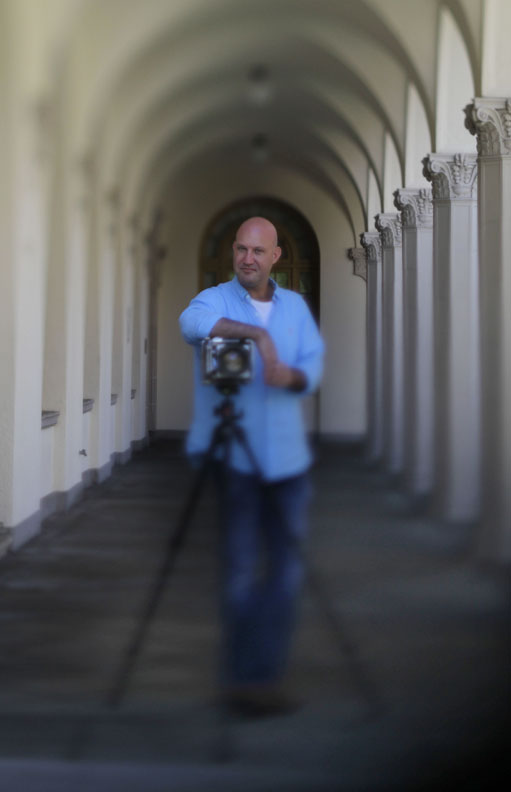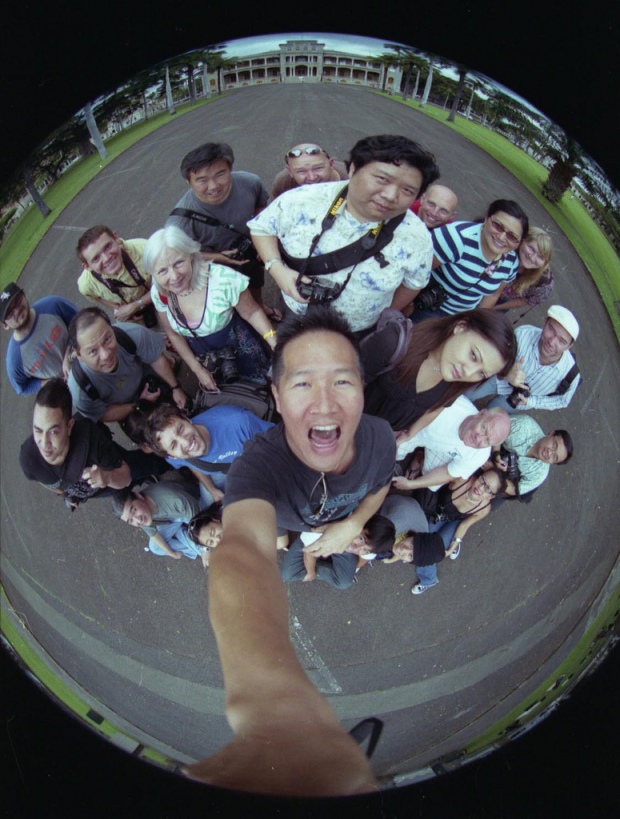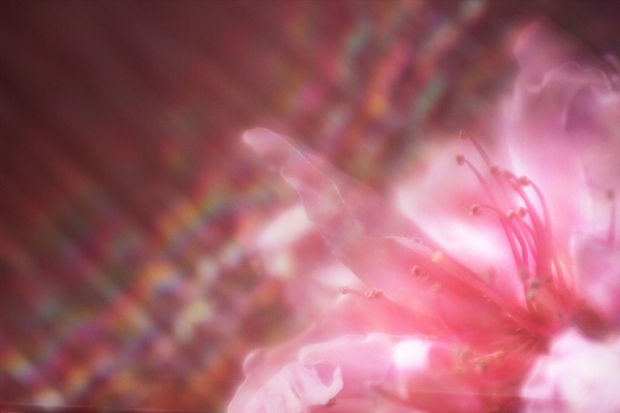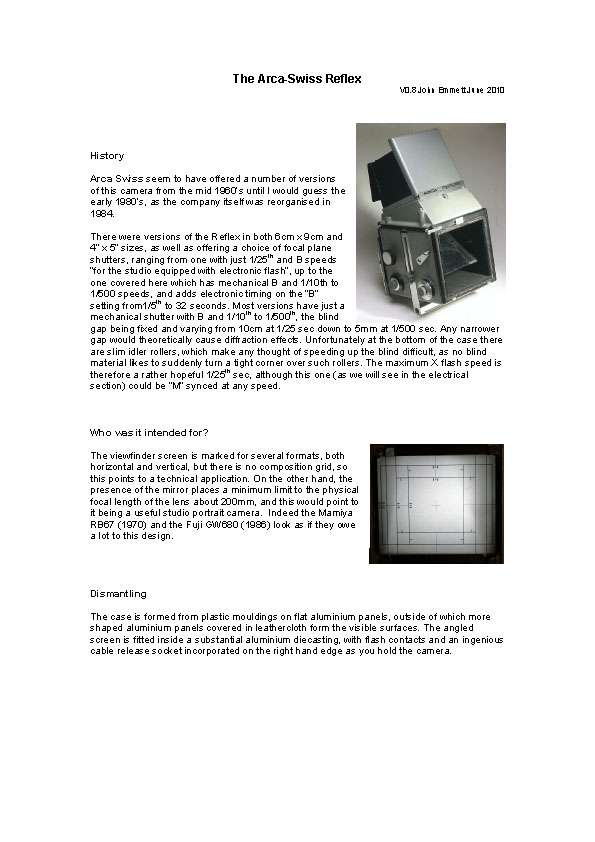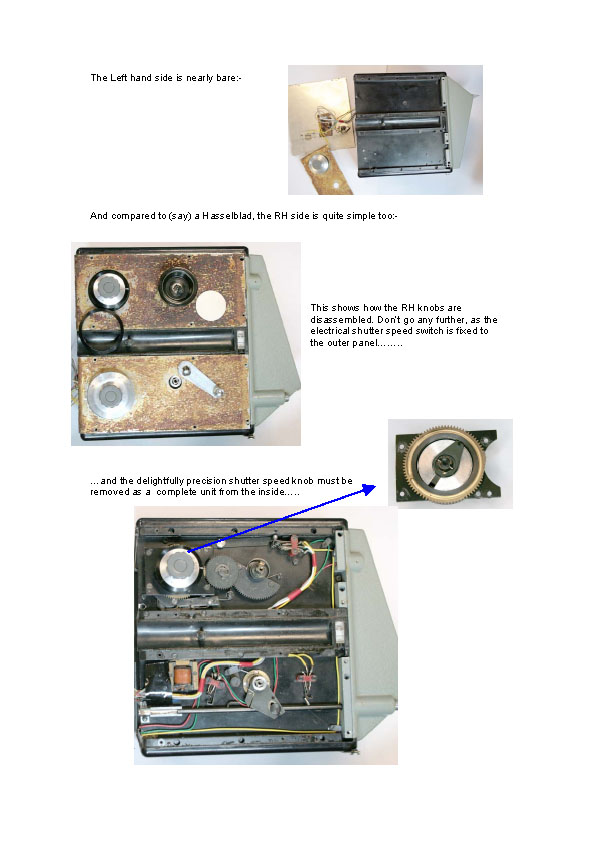pure artisan craftmanship, maybe ! hehe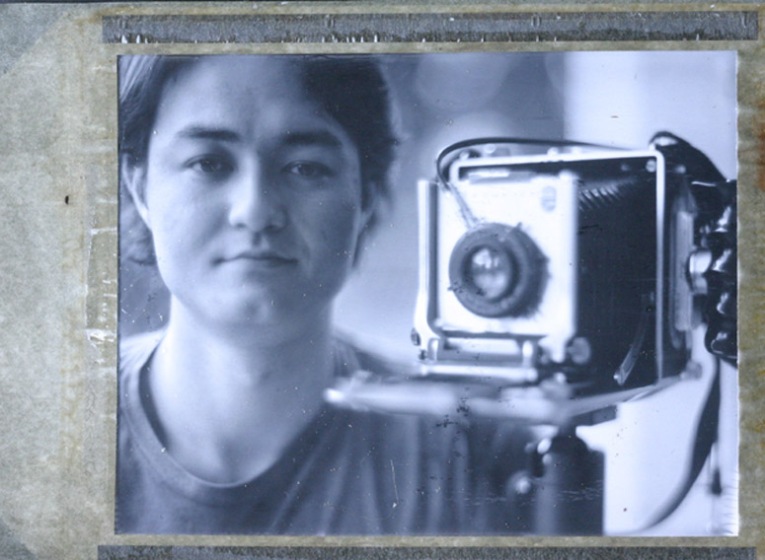
Magic of Polaroid 55 positive / negative. Magical !
Today’s photograph was made with the Graflex Speedgraphic KE-12a and the amazing bokeh-monster Kodak Aero Ektar 178mm f/2.5. Super speedy for a 4×5 lens while most lenses float around the 5.6 f-stop range.
Keypoint in making photographs with a 4×5 is a lot of previsualization, planning on what your composition and checking out your lighting. A handy incident light meter is mandatory with a slight prayer to the polaroid-gods. keeping your fingers crossed as you pop in a packet of 55PN film. Next you pull the dark slide/paper back, make your exposure and while simultaneously uttering positive energy, pull the film in one steady pull. counting to past 20 seconds you eagerly pull the packet of film apart seeing both a gummy bluish negative and a slightly over exposed print. in this case, since you want a decent negative, you want an over exposed print.
and voila. the above image.
one of my favorite films. comes in a box of 20 sheets. WHOA !

